What Did It Take for Austin, Texas to Start Recycling Paper Cups?
October 01, 2025
To-go paper cups are ubiquitous, everyday items that we all interact with. They are also a highly visible representation of our disposable, take-make-waste culture. Every year, an estimated 250 billion cups are used globally—the majority of which end up in landfills after a single use.
Today, paper cups are still the most commonly used vessel for spontaneous coffee and beverage runs. Where possible, we must ensure the value embodied in paper cups—specifically the high-quality fiber—is recovered, rather than wasted in the landfill.
Since 2018, the NextGen Consortium, managed by the Closed Loop Partners Center for the Circular Economy, has worked to increase the circularity of foodservice packaging, with a focus on cups––from single-use fiber and plastic cups to reusable cups. The Consortium has worked with stakeholders across the paper cup recovery value chain—paper mills, materials recovery facilities (MRFs), brands, consumers and local communities, as well as industry groups including the Foodservice Packaging Institute (FPI)—to test cup recovery, and scale stronger infrastructure and end markets for paper cup recycling.
Scaling paper cup recovery is hinged on creating solutions that work for different locations. Each city and facility is distinct in their needs, opportunities and challenges, and solutions must be tailored to each context. End markets must exist to strengthen the business case for materials recovery for paper mills and MRFs.
With paper cups now included in Recycled Materials Association’s materials specifications list, momentum is accelerating for cup acceptance at different facilities across the U.S.
Circular Services, the largest private recycling company in the U.S., owns and operates the Austin, Texas, MRF which has been among the facilities that have moved the needle on cup acceptance in the U.S.
To learn more about why the Austin MRF made the decision to accept cups, and the work needed to further scale acceptance in more locations across the U.S., we went straight to the source.
Joaquin Mariel, Chief Commercial Officer at Circular Services, interviewed by Daniel Liswood, Senior Project Director of the NextGen Consortium at Closed Loop Partners’ Center for the Circular Economy:
Dan Liswood: To get us started, can you share more about Circular Services, and why paper cups are a material of interest to your company?
Joaquin Mariel: Circular Services is one of the largest privately held recycling and circular economy services providers in the United States. We are a commodities company––we don’t own landfills or manage waste. Our focus is on recovering materials like paper, plastic, glass and metal because we believe these are not waste, but valuable commodities that should be kept in circulation, not buried. Recovering and selling these materials is not only possible, it’s profitable.
The fiber in paper cups and other polycoated paper items is a valuable commodity. We’re always looking to expand the list of materials we can recover, and any opportunity to divert more from landfill is worth exploring.
DL: After many years of work to advance increased cup recovery across the U.S., we are very excited about the cup acceptance milestone in the City of Austin! Can you share more about what exactly is now accepted at Circular Services’ Austin MRF?
JM: Our MRF in Austin, TX is now accepting polycoated paper items—typically used as food and beverage containers. This includes paper cups (hot and cold), food and beverage cartons, paper plates and paper to-go containers. These items should be recycled like other containers: empty of food or liquid and with lids on.
Further, our partnership with the City of Austin is an additional motivator to expand the accepted materials list. Austin has focused on aggressive zero-waste objectives for several years, so we are mission-aligned. This helped streamline contract updates and community engagement efforts once we were ready to process polycoated paper.
DL: Before we dive into what made this possible, can you share more about why cups and cartons could not be accepted before?
JM: For a material to be accepted at our MRFs, we must have the capability to effectively sort it, either into its own stream or an existing commodity stream, and there must be reliable end-markets that purchase, process and reuse the material. If the material is a new commodity, there also has to be sufficient volume to justify the addition of a dedicated sortation system. In Austin, we did not have dedicated sortation to separate cups and cartons at our MRF and there hadn’t been consistent end markets for polycoated paper.
We’re fortunate that there is increasing focus on end market development––and thanks to generous grant support from the Foodservice Packaging Institute, the Carton Council of North America, and the NextGen Consortium, we’ve now installed the equipment needed to sort and bale these items for sale.
DL: How have broader conditions changed to support cup acceptance at your facility? What needs to be true for cup acceptance to continue growing?
JM: Several conditions have supported cup acceptance at our facility. Grants for sorting technology have enabled us to adapt our processes, and the development of more reliable end markets provides confidence that recovered cups have a sustainable outlet. Collaboration across the value chain has also been critical, ensuring all perspectives are considered in building a system that works.
For cup acceptance to continue growing, we’ll need to see continued investment in sorting capabilities, strong and stable end markets, and ongoing collaboration among stakeholders to align solutions across the system.
DL: Does accepting cups at the Austin facility change your perspective on cup recycling in other markets?
JM: Accepting cups at our Austin facility doesn’t necessarily change our perspective, but it does serve as a valuable proof point. It shows what conditions need to align—sufficient volume, the right infrastructure and strong end markets—for cup recycling to be successful.
Recycling is inherently regional, since material composition and market access vary widely. What we’re learning in Austin will help us identify where similar conditions exist in other markets—or highlight where gaps still need to be addressed. Any opportunity to divert more material from landfill is a win, and we’re always working to make more of those opportunities possible.
Related posts
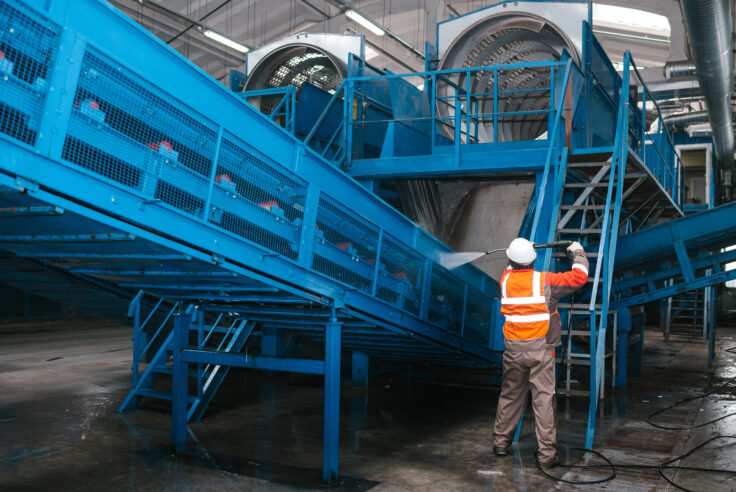
Press Release
Closed Loop Partners Releases New Guidelines to Strengthen...
The new guide shares tactical best practices to help...
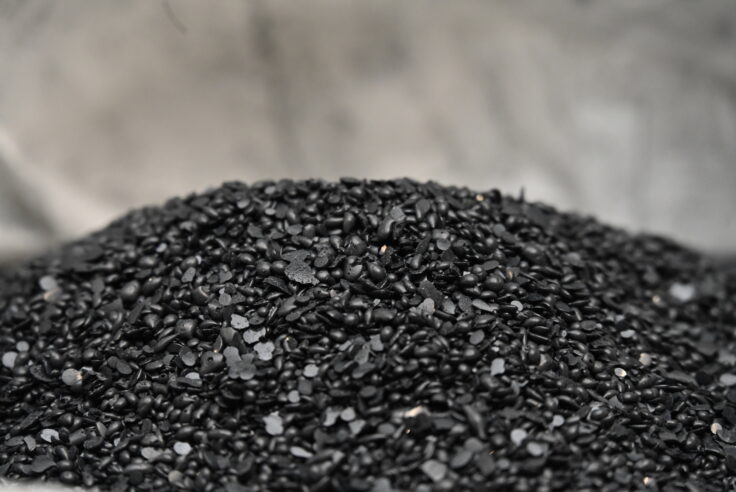
Press Release
Closed Loop Partners Deploys New $10 Million Loan to...
This latest investment will be used to finance equipment...
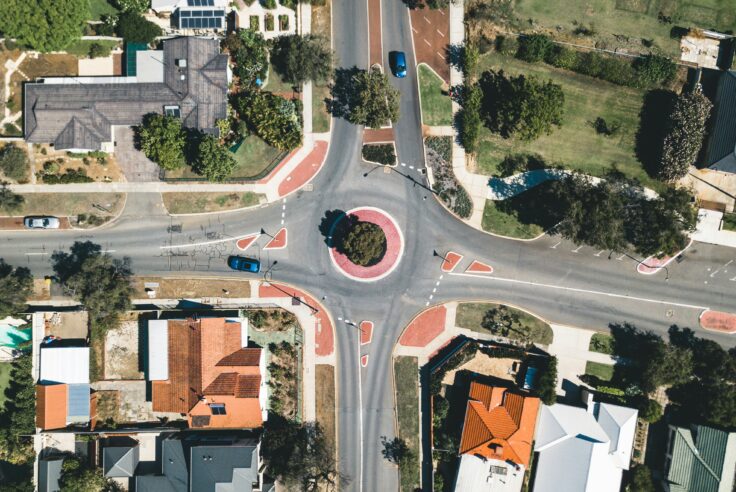
Blog Post
Reuse Is Coming to U.S. Cities. Here’s How Businesses...
Reuse is growing across sectors — but it’s still...
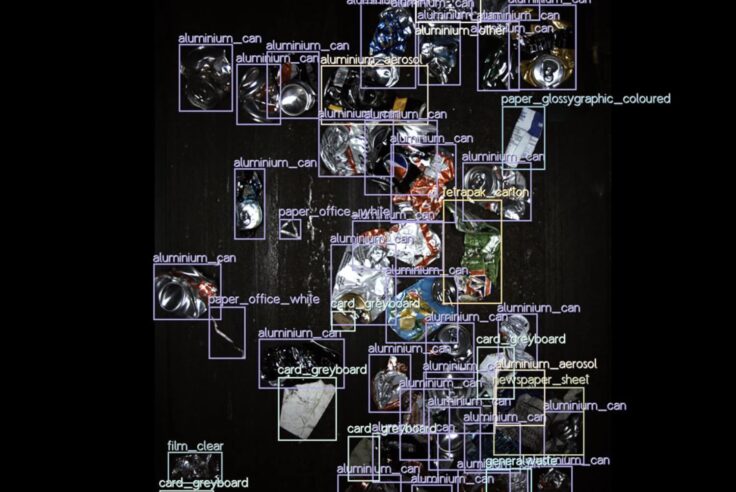
Press Release
New Data Reveals High Quantities of Food-Grade Polypropylene...
Closed Loop Partners’ Center for the Circular Economy...
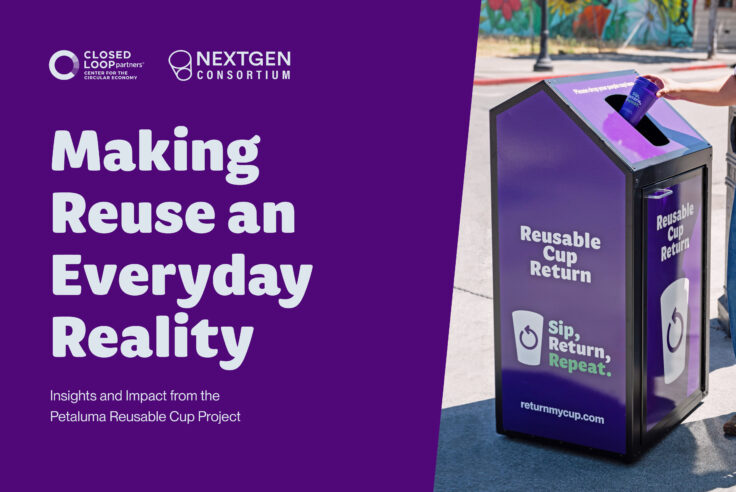
Press Release
Groundbreaking Results From Citywide Petaluma Reuse...
The Petaluma Reusable Cup Project from the NextGen...
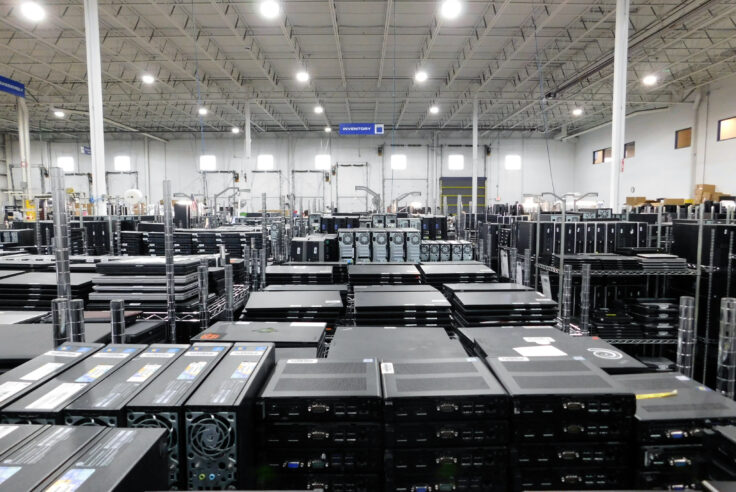
Press Release
Closed Loop Partners’ Portfolio Company, Sage Sustainable...
The bolt-on acquisition scales Sage’s end-to-end...

Press Release
Closed Loop Partners Unveils Groundbreaking Findings...
Closed Loop Partners’ Center for the Circular Economy...

Blog Post
8 Tips to Navigate Life Cycle Assessments for Circular...
Closed Loop Partners’ Center for the Circular Economy...
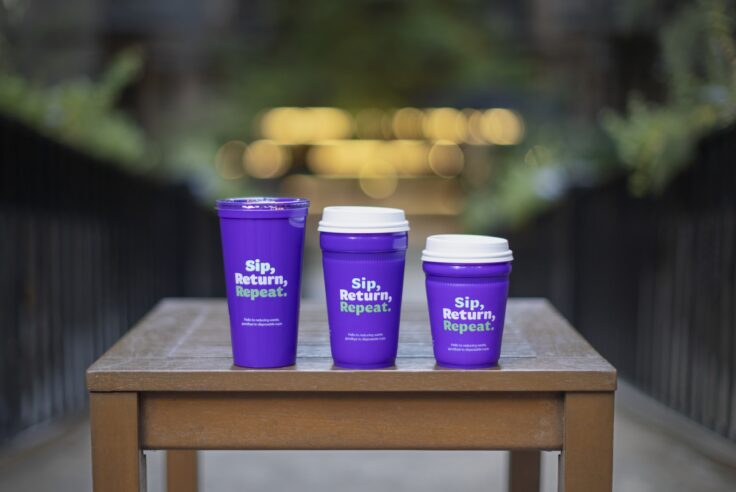
Press Release
The Petaluma Reusable Cup Project: Starbucks, The Coca-Cola...
The collaboration, led by the NextGen Consortium, makes...
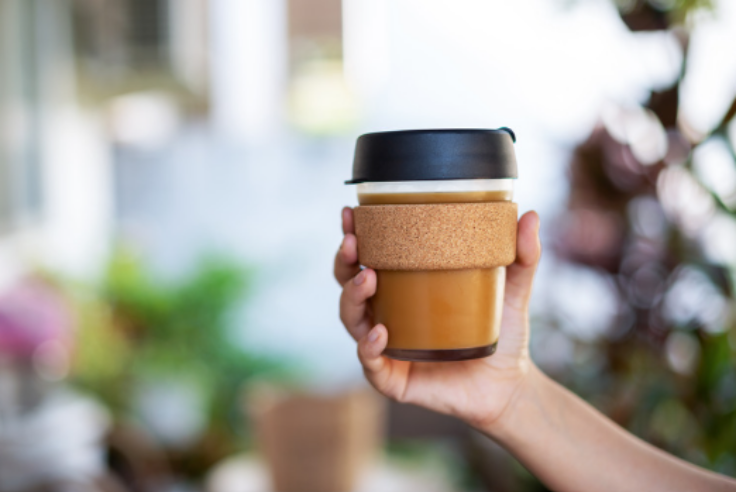
Blog Post
How Businesses Can Spark a Cultural Shift Towards Reduction...
A showcase of Bring-Your-Own-Cup (BYOC) initiatives...
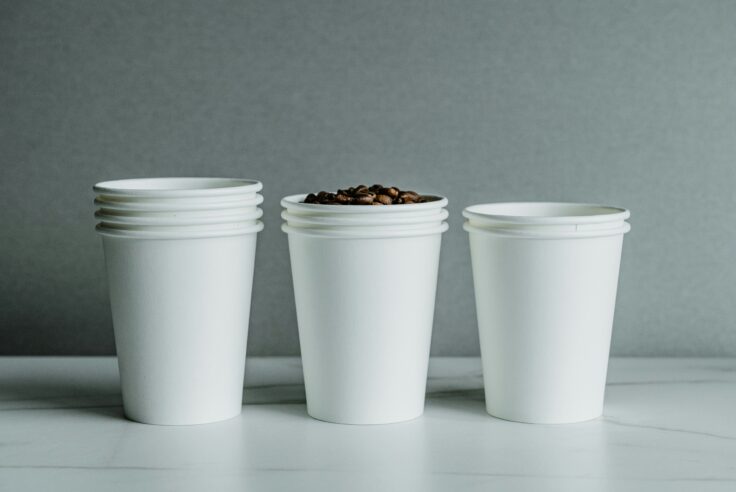
Press Release
Paper Cup Recycling Hits New Milestone in the U.S....
The NextGen Consortium and Foodservice Packaging Institute...
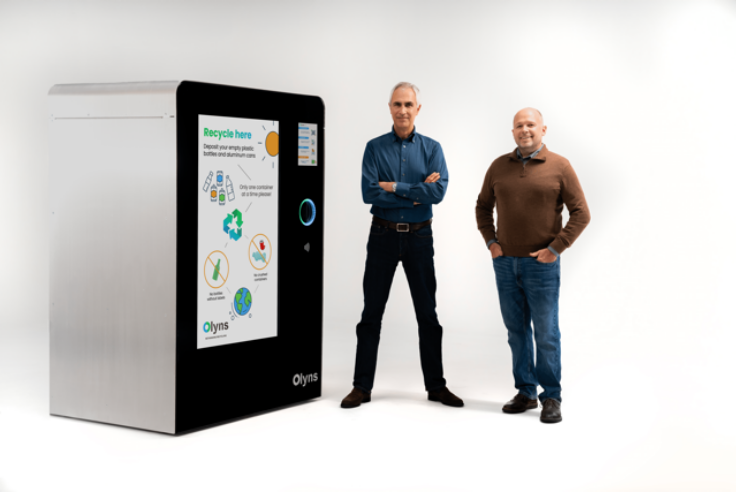
Press Release
Closed Loop Partners Provides Financing to Olyns, a...
The catalytic loan will help scale production of Olyns’...
